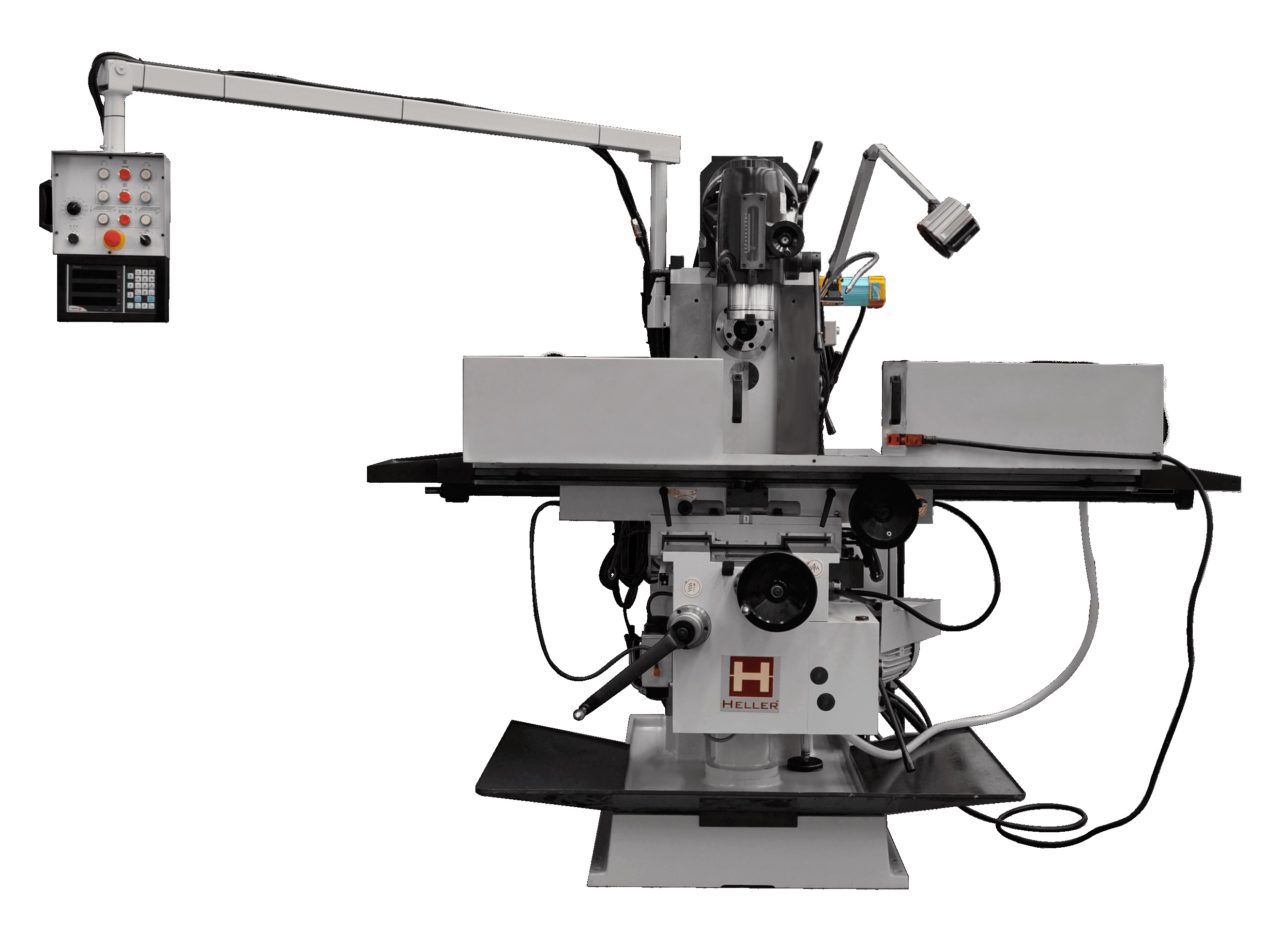

CNC milling machines are an improved version of conventional milling machines . These types of machines are more modern, versatile , offer great benefits for machining workshops and allow faster production processes. What parts does this machine have? How is the head of the CNC milling machine?
Difference between CNC milling machine and conventional milling machine
The CNC computerized numerical control milling machine is quite similar to the conventional milling machine, but with the difference that it requires the minimum intervention of an operator, that is, it can work in an automated way thanks to the machine’s computer . In fact, today it is possible to find special kits capable of converting a conventional milling machine into a CNC .
Keeping great similarities with the traditional milling machine, both types of machines are made up of the same moving parts:
- Desk
- Head
- spindle
- Transversal and lateral displacement trolleys
However, CNC milling machines are powered by a control panel computer , unlike conventional milling machines which are powered by levers . It is precisely this computer that is the most important part of the machine. The CNC computerized numerical control allows the parts (spindle, slides, table, CNC milling head, etc.) to be automatic . Thanks to the CNC, the milling machine can be programmed and the computer can tell the parts of the machine what they have to do.
Thus, for example, depending on the design of the part, the CNC milling machine head can access any part of the part to be machined; this makes the machine capable of producing very small parts and complex designs. In addition, it allows serial production. That is why CNC milling machines are characterized by improving productivity , being very precise , fast, versatile, safe and, above all, by their repeatability and the reduction and optimization of waste ( chips ).
CNC milling machine parts
We have already anticipated that CNC milling machines and conventional milling machines have the same moving parts. However, these types of milling machines are made up of exclusive CNC components. The parts of the computerized numerical control milling machine are:
- Column
- Strawberry
- milling table
- CNC milling head
- control panel/computer
- Workpiece
- coolant hoses
- Axes of movement and complementary axes
CNC milling head
One of the most important parts of the milling machine is the head , which will be in charge of turning to machine the part. In the case of CNC milling machines , the head is adjustable and has a spindle motor included, which allows the work to be much faster and more precise. In addition, thanks to the automation of the procedure, the computer tells the head which tool to use.
And it is that a milling machine is capable of performing multiple machining processes , such as drilling and different types of milling, among other jobs. For example, to shape a part, the CNC mill head will use a milling cutter. The milling cutter is the most used cutting tool and, thanks to the movement of the machine slides, it can reach the surface of the part and remove chips until the part is profiled. What happens if you want to drill the part? Thanks to the CNC, the spindle knows not to use a milling cutter but a drill. Depending on the model and the characteristics of the machine, the exchange between cutter and drill can happen in seconds and the machine never stops working.
displacement axes
Each machine tool works on a Cartesian plane ; this serves to determine the types of movements that the table can make with the piece clamped on it. CNC milling machines are characterized in that they can move up to five different axes. The main axes of this machine are X, Y and Z ; while its complementary axes are A and B. We have to point out that not all CNC milling machines are capable of moving along these axes, it all depends on the model of the machine.
The axes of the CNC milling machine are:
- X axis . This axis is horizontal as well as parallel to the work piece. It is also related to the longitudinal movement of the work table.
- Y axis . It makes a movement in the horizontal plane and is said to be transverse to the milling table.
- Z axis . The milling cutter is placed on this axis, which, by housing the cutting tool, has enough power to perform the machining . This axis allows different positions to be adopted depending on the head of the CNC milling machine. It is related to the vertical movement of the head.
- Complementary A and B. They allow the part to be placed in any position , which means that the CNC milling machine head has access to any angle of the part.


